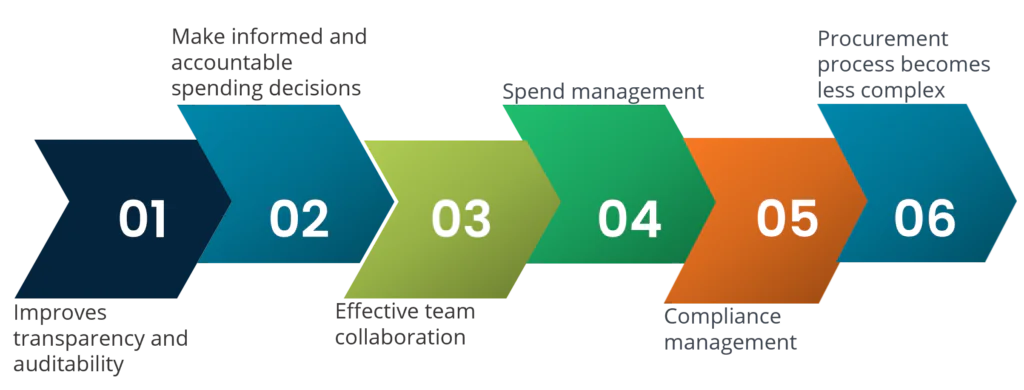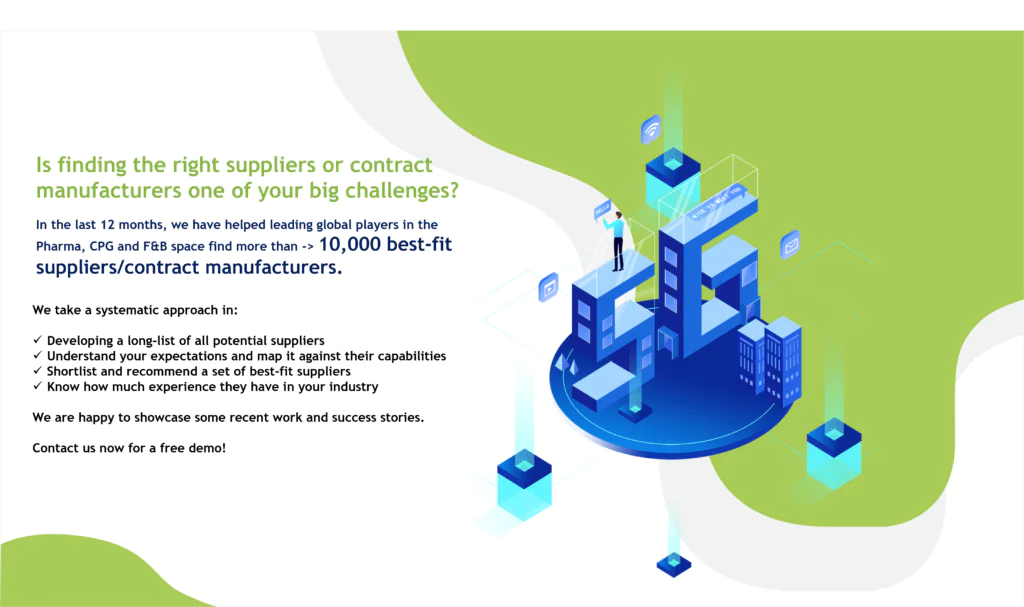By: Manpreet Kaur
The process of obtaining goods and services in an organization is called the procure-to-pay system, also known as P2P or purchase-to-pay. It typically begins with an employee’s request for goods or services, followed by purchasing, receiving, accounting, and eventually paying for those goods or services. The procure-to-pay process outlines the steps in the cycle, including vendor selection, internal controls, verification, and accounts payable functions. This is a crucial business procedure that all companies, regardless of size, are familiar with, although the method of carrying out these steps may differ in functionality and efficiency.
Businesses that utilize digital cloud solutions have a significant edge over those that rely on outdated technology or manual processes. To remain competitive in the rapidly changing business world of today, modern companies require accessible, fast, transparent, and straightforward systems to operate efficiently. By enabling teams to be productive and accountable with systems that improve efficiency, business leaders can maintain financial control while their teams become more productive.
Here’s an overview of the key benefits of the procure-to-pay process solutions using a cloud-based system

The procure-to-pay process improves transparency and auditability:
Detailed audit trails in the procure-to-pay process provide a transparent and auditable record of each step, bolstering accountability and compliance. This comprehensive tracking system documents every transaction, from requisition to payment, offering insights into supplier interactions, pricing negotiations, and approval workflows. This transparency not only ensures adherence to regulatory standards but also facilitates error detection, fraud prevention, and performance evaluation. In the event of an audit, organizations can swiftly trace and validate each procurement action, fostering trust with stakeholders and regulatory bodies. Ultimately, a robust audit trail enhances the overall integrity, reliability, and governance of the procure-to-pay process.
The digital procure-to-pay process empowers users to make informed and accountable spending decisions:
A digitized procure-to-pay process empowers users with real-time data, fostering informed and responsible spending decisions that elevate overall accountability. Beyond financial advantages, automation facilitates improved team dynamics and innovation in goal attainment. By automating routine tasks, teams can focus on strategic initiatives, promoting creativity and efficiency. The streamlined process encourages collaboration and knowledge sharing, enhancing overall team effectiveness. Furthermore, digital platforms enable businesses to explore novel approaches in procurement, optimizing workflows and ensuring adaptability to evolving market conditions. In essence, embracing automation in the procure-to-pay cycle not only drives financial prudence but also cultivates a culture of agility and collaboration, bolstering organizational success.
The procure-to-pay process is effective team collaboration:
One fundamental component that companies often overlook when defining their procure-to-pay process is effective team collaboration. By providing a centralized, real-time, and collaborative platform, P2P software contributes to improved team dynamics, ensuring that all stakeholders are on the same page and can work together seamlessly throughout the procurement process. P2P systems enable the sharing and storage of important procurement documents. This reduces the reliance on email communication and ensures that documents are easily accessible to relevant team members. The software often allows for collaborative approvals, where multiple stakeholders can review and approve purchase requests. This collaborative approach ensures that decisions are well-informed and align with organizational objectives.
Spend management:
A digital procure-to-pay process offers comprehensive oversight of procurement and spending, enhancing spend management and strategic planning. Automation within the system mitigates risks associated with overspending, unauthorized expenditures, and payment errors. This ensures businesses can effectively control and optimize their expenditures, preventing financial inefficiencies. Real-time visibility into procurement activities allows for proactive decision-making, aiding strategic planning by identifying cost-saving opportunities and streamlining processes. Ultimately, procure-to-pay software empowers organizations to navigate the complexities of spending with precision, fostering financial discipline, and bolstering overall fiscal responsibility.
Compliance management:
Procure-to-pay software enhances risk mitigation by enabling the configuration of rules and policies, ensuring compliance with internal controls. By establishing predefined parameters, the system enforces consistency and adherence to organizational guidelines throughout the procurement lifecycle. This not only minimizes the risk of errors but also reduces the likelihood of fraud, unauthorized spending, and regulatory non-compliance. Automated validation and approval workflows within the software further strengthen internal controls, providing a structured framework for procurement activities. In essence, this functionality promotes a robust and standardized approach to procurement, fortifying risk management strategies and fostering a more secure financial environment.
The procurement process becomes less complex:
Procure-to-pay software simplifies and automates procurement processes, reducing complexity and promoting widespread adoption. The ease of use ensures that team members readily embrace the system, enhancing overall efficiency. Automated workflows streamline requisitions, approvals, and payments, minimizing manual intervention and accelerating the entire procurement lifecycle. This simplicity not only saves time but also reduces the likelihood of errors, improving accuracy and compliance. The user-friendly interface encourages swift adoption across teams, fostering a collaborative and efficient approach to procurement. Ultimately, by simplifying complex processes, procure-to-pay software contributes to a more agile, responsive, and seamlessly integrated procurement environment.

Contact us now to solve your procurement problems!
Author’s Details
Manpreet Kaur
Assistant Manager Presales – Sourcing and Procurement Intelligence
Manpreet is a presales specialist at Infiniti Research and has expertise in sales, business strategy execution, and innovative solution design. She is actively involved in supporting clients from F&B, CPG, Healthcare, Pharma, Chemicals, BFSI, Oil & Gas and Automotive sectors.




